Seal Engraving (篆刻)
Short Introduction
Chinese seals were first employed around the Spring-Autumn and the Warring States periods (春秋戰國時代, 771-221BC) (1). Seals are usually made out of stones, although bronze or animal bones can also be used. In the past, seals were used as marks or signs of authority. Today, a seal is usually one’s family name, first name, or both. For further reading, please see Chinese And Japanese Seals in Encyclopedia Britannica.
Seal designs are traditionally engraved by hand. In 2009, the art of Chinese seal engraving was recognized as an Intangible Cultural Heritage (非物質文化遺產) by The United Nations Educational, Scientific and Cultural Organization (UNESCO).
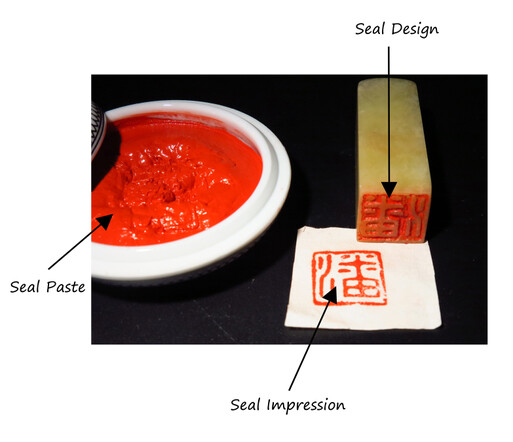
Fig.1. The seal and its impression. Seal paste is first applied to the seal before stamping on paper. Shown is a seal, “Poon (潘)”, hand-engraved by KS Vincent Poon. Photo by KS Vincent Poon
In general, at least one seal is stamped at the end of a calligraphic work to identify the calligrapher:
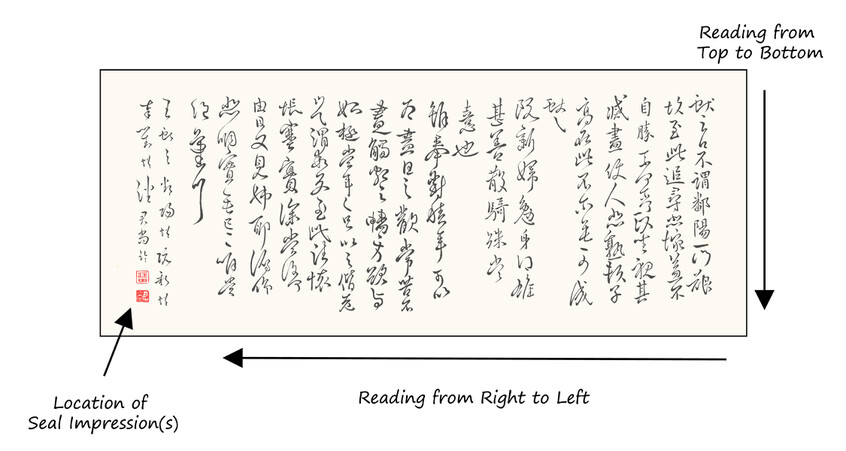
Fig.2. Location of seal impression(s).
A seal’s impression is distinct and unique, for the design of a seal is traditionally hand-engraved. As such, a seal’s impression can be used to verify the authorship and the authenticity of a work.
Seal Content
Today, a seal’s content is usually one’s family name, first name, or both, although short phrases or idioms can be used to make a decorative seal. Seals carrying corporate names are also fairly common.
Seals can thus include many Chinese characters. In a seal impression, the order of reading the characters is generally from right to left and top to bottom, as depicted in the following figure:
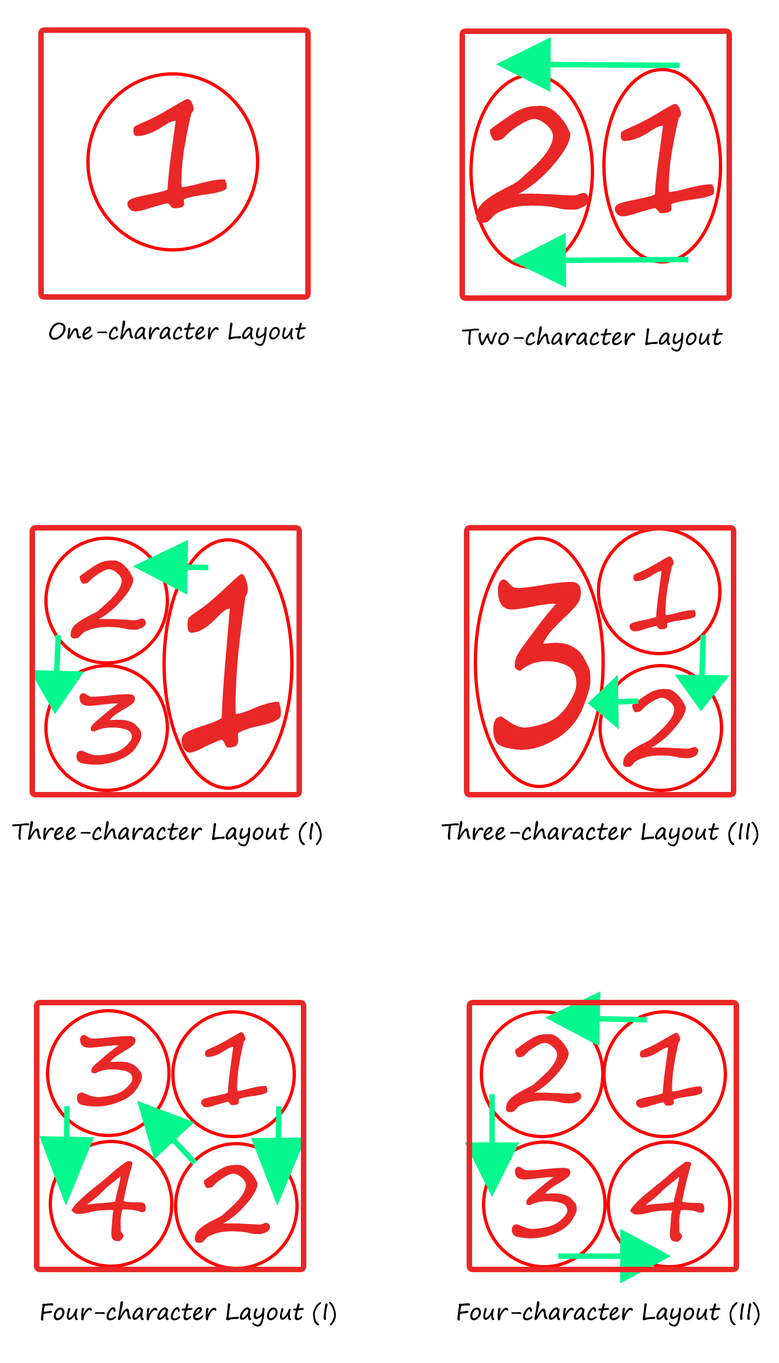
Fig.3. Layouts and orders of Chinese characters in seal impressions (“1” being the first character, “2” the second, “3” the third, “4” the fourth). Diagram by KS Vincent Poon
The Art of Chinese Seal Engraving (篆刻)
Seal engraving by hand is an art. As such, good seal designs should not be dull and uniform like digital fonts. Good seal designs are lively, elegant, powerful, and well-balanced between the white and red spaces (2). Excellent designs also carry the natural beauties of unadorned simplicity (古樸之美) (3) and the strong demeanours of stones being chiselled by metallic tools (金石味). Below are impressions made by several exemplary seals:
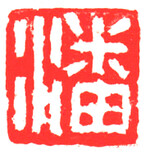
Fig.5. Impressiom of a seal, "Poon (潘)", hand-engraved by venrable master Ho Gai Yin (何繼賢, 1928-present).
Source: KS Vincent Poon Seal Collection
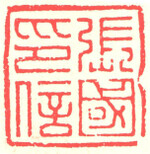
Fig.4. Impressiom of a seal, "The Seal of Zhang Guo (張國印信)", from Jin Dynasty (226-420AD).
Source: 羅福頣 王人聰《印章概述》. 香港: 中華書局, 1982.
To master the art of seal engraving, one must first be proficient in Chinese calligraphy (治印之於書藝實為第一要義也) (4). This is because the shape of each stroke and the overall layout of a seal are based on the art of scribing aesthetically pleasing Chinese characters. Accordingly, a master engraver must also be a good calligrapher.
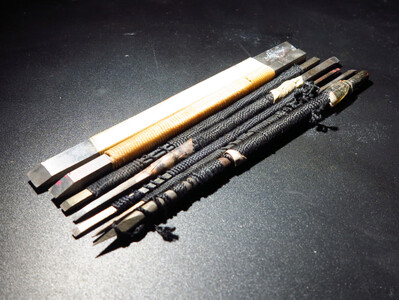
Fig.6. Knives commonly used in seal engraving.
Photo by KS Vincent Poon
Selected Works by KS Vincent Poon:
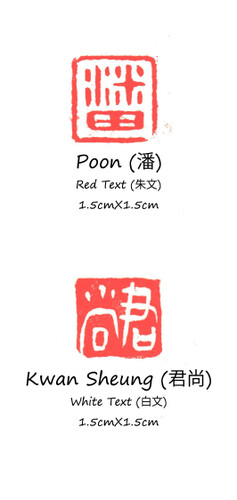
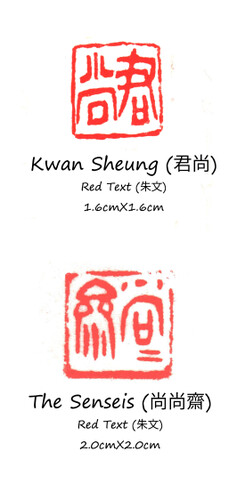
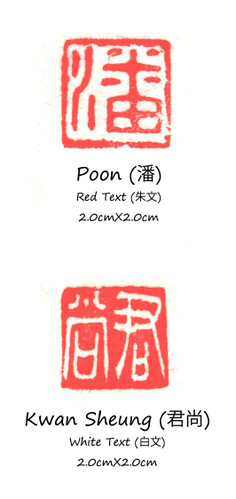
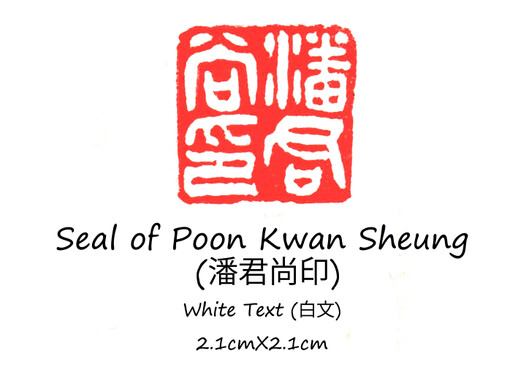
___________________________________________________________
(1) See 羅福頣 王人聰《印章概述》. 香港: 中華書局, 1982, pp.1-4.
(2) See 孔雲白《篆刻入門》. 上海 : 上海古籍書店, 1983 pp. 75-76.
(3) Ibid., pp. 3-5,12,75-76,87.
(4) Ibid., p.75.